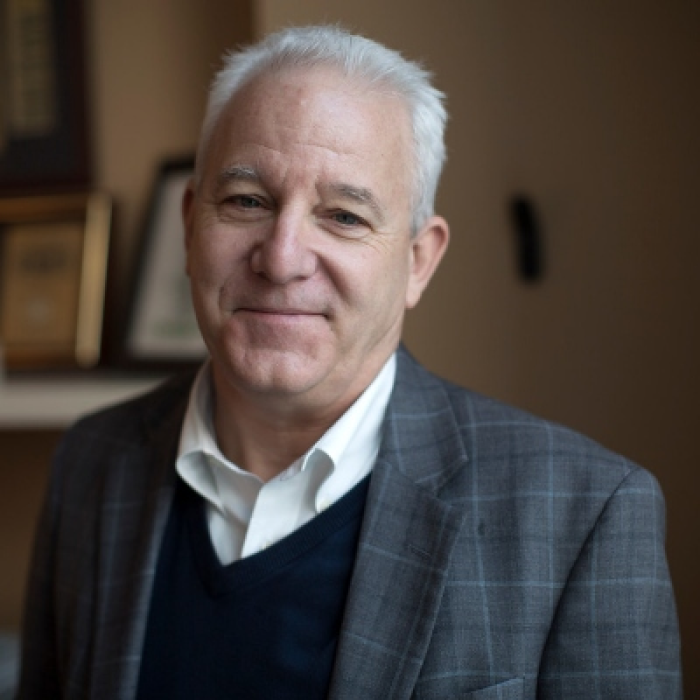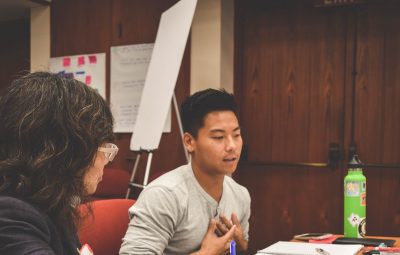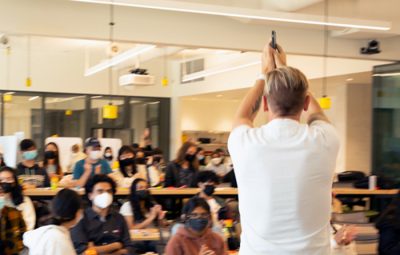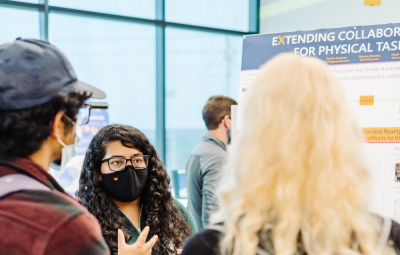An Introduction to Bill Fulton, The Design Lab’s Visiting Policy Designer
How might we help San Diego leverage policy and design to impact the common good.
 Policy and design are two important societal decision-making drivers that usually don’t go together. But together they can be very powerful – and The Design Lab hopes to combine the two in ways that will help move the important issues in the San Diego region forward.
Policy and design are two important societal decision-making drivers that usually don’t go together. But together they can be very powerful – and The Design Lab hopes to combine the two in ways that will help move the important issues in the San Diego region forward.
Public policy is the art of crafting a course of action that government agencies can take in order to achieve a desired outcome – reducing homelessness, for example, or increasing the use of public transit in order to reduce greenhouse gas emissions. The policy is usually crafted without those it affects – in a think tank, for example, or by legislative analysts in Sacramento, or thrown together in the political hothouse of a City-County or County Board of Supervisors meeting. The first can be too theoretical, not reflective of real-world experience, and too often driven by the ideological perspective of the think tank or the legislative committee. The second is usually the result of bargaining among politicians, meaning there’s not much focus on intentionality.
By introducing a design mindset into the policy process, policymakers can begin to overcome both of these limitations. They can get down and dirty in the real world to get more real-time feedback from what design calls “users” – perhaps not the right term, since individuals don’t always “use” policy even though it affects them. And together, we can bring more intentionality to the process of policymaking by creating a thoughtful feedback loop that elected officials will have a hard time ignoring – because users of policy are, after all, constituents as well.
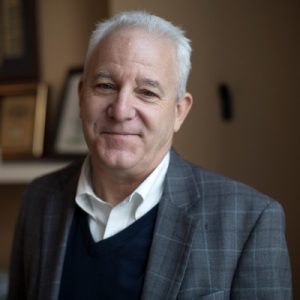 On May 1, 2023, The Design Lab will add Bill Fulton to its staff as Visiting Policy Designer. Bill is an experienced urban planner and former elected official who has held leadership positions in the public, private, nonprofit, and academic sectors, including as Mayor of Ventura and Planning Director for the City of San Diego. He began to think deeply about how policy is designed – and how it could be designed better – when he stepped away from these intense public roles and entered academia full-time as Director of the Kinder Institute for Urban Research at Rice University in Houston.
On May 1, 2023, The Design Lab will add Bill Fulton to its staff as Visiting Policy Designer. Bill is an experienced urban planner and former elected official who has held leadership positions in the public, private, nonprofit, and academic sectors, including as Mayor of Ventura and Planning Director for the City of San Diego. He began to think deeply about how policy is designed – and how it could be designed better – when he stepped away from these intense public roles and entered academia full-time as Director of the Kinder Institute for Urban Research at Rice University in Houston.
Bill thought a lot about how public policy, especially at the local level, so often seems to fall short and doesn’t really achieve its intended outcome. This is especially true in the world of land use and housing, which he has both operated on and studied (often in collaboration with me) for many years. In his recent book, “Place and Prosperity: How Cities Help Us to Connect and Innovate”, Bill notes that sometimes, people in positions of influence want to adopt a policy in order to look good (or because they have to), but they don’t really want the outcome because it’s politically inconvenient.

All of this is why the Design Lab is the perfect place for Bill to try to improve the policy design process – and San Diego is the perfect region to test these ideas. We think it’s time to confront, head-on, the deficiencies in the traditional policymaking process at the local level and see how design methods and thinking can improve the process, the policies themselves, and the outcomes.
Because most of San Diego’s policymaking occurs downtown at the city, the county, and SANDAG (the regional planning agency), Bill will be setting up shop at UCSD’s Park & Market Building in Downtown San Diego, where he’ll be able to interact not just with people from UCSD but also from the Burnham Center for Community Advancement, the San Diego Regional Economic Development Corporation, and many others who are deeply involved in the policymaking process in San Diego. Working with others at the Design Lab and UCSD and many others in the community, he will explore how we can use a design lens to tackle major issues in the region, especially the persistent and difficult issue of housing affordability.
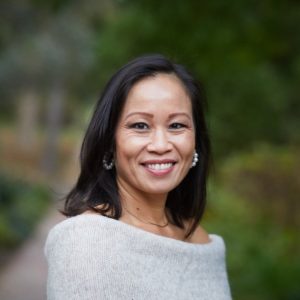 So if you’ve got a policy problem – or you are frustrated that policy around something you care about isn’t being crafted well or isn’t leading to the desired outcomes – contact Bill to talk and see whether there’s a way to use design more intentionally to craft public policy in San Diego that really works.
So if you’ve got a policy problem – or you are frustrated that policy around something you care about isn’t being crafted well or isn’t leading to the desired outcomes – contact Bill to talk and see whether there’s a way to use design more intentionally to craft public policy in San Diego that really works.
– Mai Nguyen, Director
